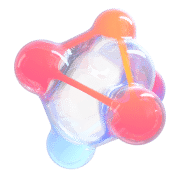Here's what business leaders can do to reduce the costs of their AI projects and see positive business results sooner.

Subscribe to our newsletter
Receive new articles and resources directly to your inbox. Fill your email below to join our email newsletter today.
Thank you for subscribing to the blog
You’ll now receive new articles to your inbox

